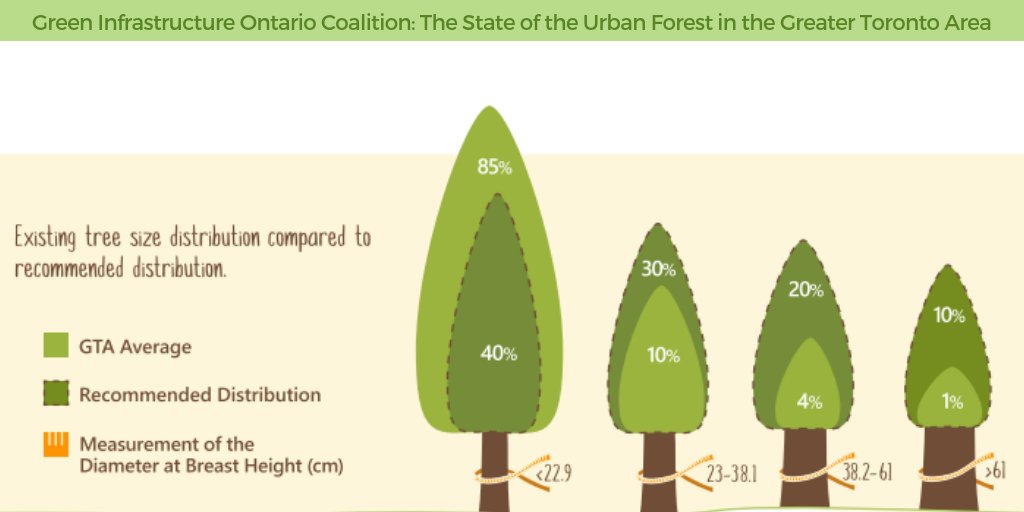Seasonal Tree Treatment: Just How To Handle Trees Before And After Elimination
Seasonal Tree Treatment: Just How To Handle Trees Before And After Elimination
Blog Article
Author-
When it pertains to seasonal tree treatment, guaranteeing proper management prior to and after elimination can considerably influence the wellness and aesthetics of your landscape. By recognizing visit the site associated with assessing tree health and wellness and preparing for removal, you can proactively secure your home. Yet what concerning the vital methods to follow once the tree is gone? Stay tuned to discover the important post-removal care steps that will aid you grow a growing and sustainable atmosphere for your trees.
Pre-Removal Tree Treatment
Prior to resolving the removal of a tree, it's essential to focus on pre-removal tree care. Start by analyzing the tree's health and wellness and structural honesty. Look for signs of disease, bug invasions, or any type of structural problems that might position a safety hazard throughout elimination. It's vital to seek advice from a qualified arborist to establish the very best course of action.
Trimming what is a certified arborist or infected branches can stop additional damages to the tree and ensure a smoother removal procedure.
In addition, consider the ecological impact of eliminating the tree. Trees play a vital role in our ecosystem, so growing a brand-new tree in an ideal location can help balance out any loss. Make sure that you have the essential permits and consents for tree removal, particularly if the tree is secured by local laws.
Seasonal Upkeep Tips
Assessing your tree's needs throughout the year is crucial for its wellness and durability. To keep your trees in top problem, adhere to these seasonal maintenance pointers.
In spring, concentrate on trimming to remove dead or broken branches and motivate new growth.
Summer requires regular watering, particularly throughout dry spells, to guarantee your tree stays hydrated.
As autumn methods, keep an eye out for early signs of illness or anxiety, and take into consideration applying compost to shield the roots throughout wintertime.
In winter season, beware when removing snow from branches to avoid breakage, and remain to check your tree's total health and wellness.
Keep in mind to change your care regular based on the certain demands of your tree species and neighborhood climate. By staying alert and aggressive throughout the periods, you can help your trees grow and thrive for several years ahead.
Post-Removal Tree Care
To ensure the health of your landscape also after tree elimination, appropriate post-removal care is essential. After a tree is gotten rid of, it's crucial to fill up the staying opening with topsoil and portable it to avoid settling. This will assist preserve the honesty of the ground and prevent prospective hazards in the future.
Consider growing new plants in place of the eliminated tree to restore the balance and appearances of your landscape. Regularly water the location to promote the growth of new plants and prevent soil erosion.
Inspect the surrounding trees for any indications of illness or tension that might have been triggered by the eliminated tree. Keep an eye out for bugs that may've been brought in to the previous tree and take preventive measures to safeguard the continuing to be greenery.
If required, speak with an expert arborist to analyze the impact of the removal on the bordering trees and determine any type of added care required. By arborist chips to these post-removal treatment actions, you can ensure the continued health and wellness and charm of your landscape.
Verdict
To conclude, positive seasonal tree treatment is vital for maintaining the health and wellness and balance of your landscape. By assessing tree wellness, trimming, and seeking advice from an arborist prior to elimination, you can ensure a safe process. After elimination, filling the hole, growing new vegetation, and routine watering will promote brand-new development and protect against erosion. Remember to examine surrounding trees for condition and look for more treatment steps from an arborist to maintain your landscape growing.
